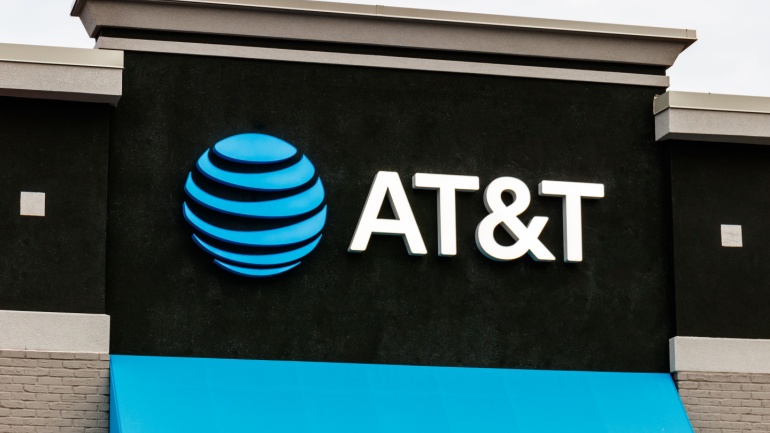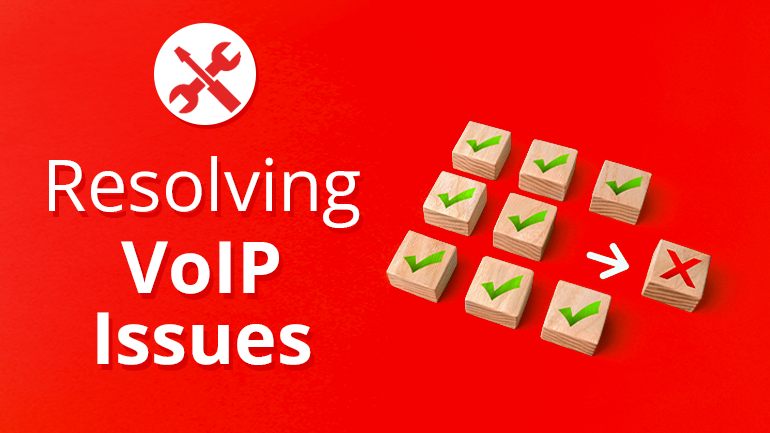CSPs have been investing heavily in network technology to reduce expenses, but legacy voice infrastructure is holding them back. Cloud transformation can deliver better customer experiences, reduce costs, and increase scalability. AI will change customer engagement and revenue generation, with GenAI offering SMBs deep analytics from customer conversations. CSPs should focus on a modern, digital-first customer experience with self-service options. Alianza offers a cloud communications platform to simplify migration and operations for CSPs.
The move towards net neutrality took a noteworthy leap after a unanimous vote at the FCC session. This progressive policy asserts an equal playing field for all web content by banning ISPs from blocking or charging premiums for site delivery.
AT&T showcased robust performance in its first-quarter financial report, buoyed by significant mobile customer additions and positive metrics in earnings, cash flow, and spending. Despite a slight decline in headline figures, the telecommunications giant demonstrated resilience amid challenging market conditions.
Telecommunications operators are increasingly turning to satellite technology to expand 5G coverage, particularly in rural regions, as indicated by new data from the Global mobile Suppliers Association (GSA). However, despite a rising number of partnerships and commercial launches, the market’s growth is slower than anticipated.
Europe’s telecom industry is alert as the European Union investigates competitive fairness amid KKR’s acquisition of Telecom Italia’s fixed-line network. Questions arise about the impact on market competition and the deal’s opposition by Vivendi, the largest stakeholder in Telecom Italia.
DIDWW, a leading global telecoms provider specializing in two-way voice and SMS communications, has announced the latest coverage expansion of its emergency calling services. The Czech Republic, Switzerland, and Hong Kong are now included in the DIDWW SIP service, which extends the carrier’s emergency calling capabilities across 32 countries worldwide.
According to Counterpoint’s Market Pulse Service, China’s overall smartphone sales saw a modest 1.5% year-on-year growth in Q1 2024, marking a second consecutive quarter of positive growth. Notably, Huawei experienced a remarkable 69.7% year-on-year increase in market share, solidifying its position in the market. This growth was attributed to Huawei’s successful launch of the 5G-capable Mate 60 series and its enduring brand reputation, particularly in the premium segment priced above $600. In contrast, Apple witnessed a 19.1% year-on-year decline in market share during the same period, partly due to Huawei’s gains in this segment.
A monumental step for Saudi Arabia’s Vision 2030 appears on the horizon as the Public Investment Fund and stc group plan to merge TAWAL and Golden Lattice Investment Company (GLIC). This partnership, expected to have a value of $5.85 billion and annual revenues near $1.3 billion, could be a game-changer in the telecommunications infrastructure domain.
BT joins forces with UK Business Climate Hub to empower small to medium UK businesses to slash their CO2e emissions in half by 2030. The strategic partnership aims to combat climate change, utilizing BT’s experience and UKBCH’s resources, ultimately championing for net-zero emissions by 2050. However, reaching these transformational green goals may prove challenging for many businesses, highlighting the necessity of this collaborative initiative.
VoIP offers businesses communication advantages, but reliability is crucial. The article explores common issues like bandwidth constraints, latency, and security vulnerabilities. It provides solutions like QoS, firewalls, and UPS systems to ensure a smooth VoIP experience for businesses.













